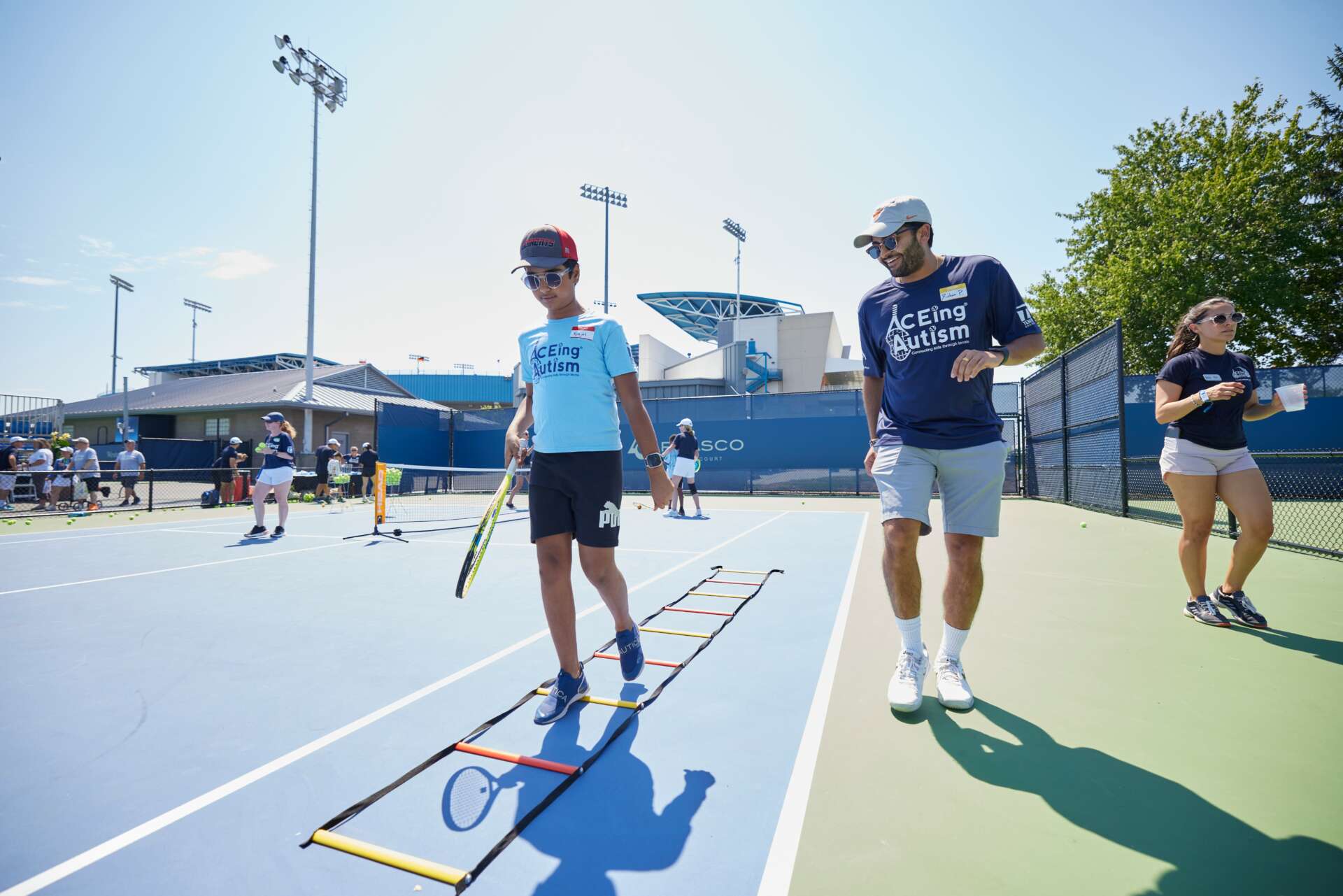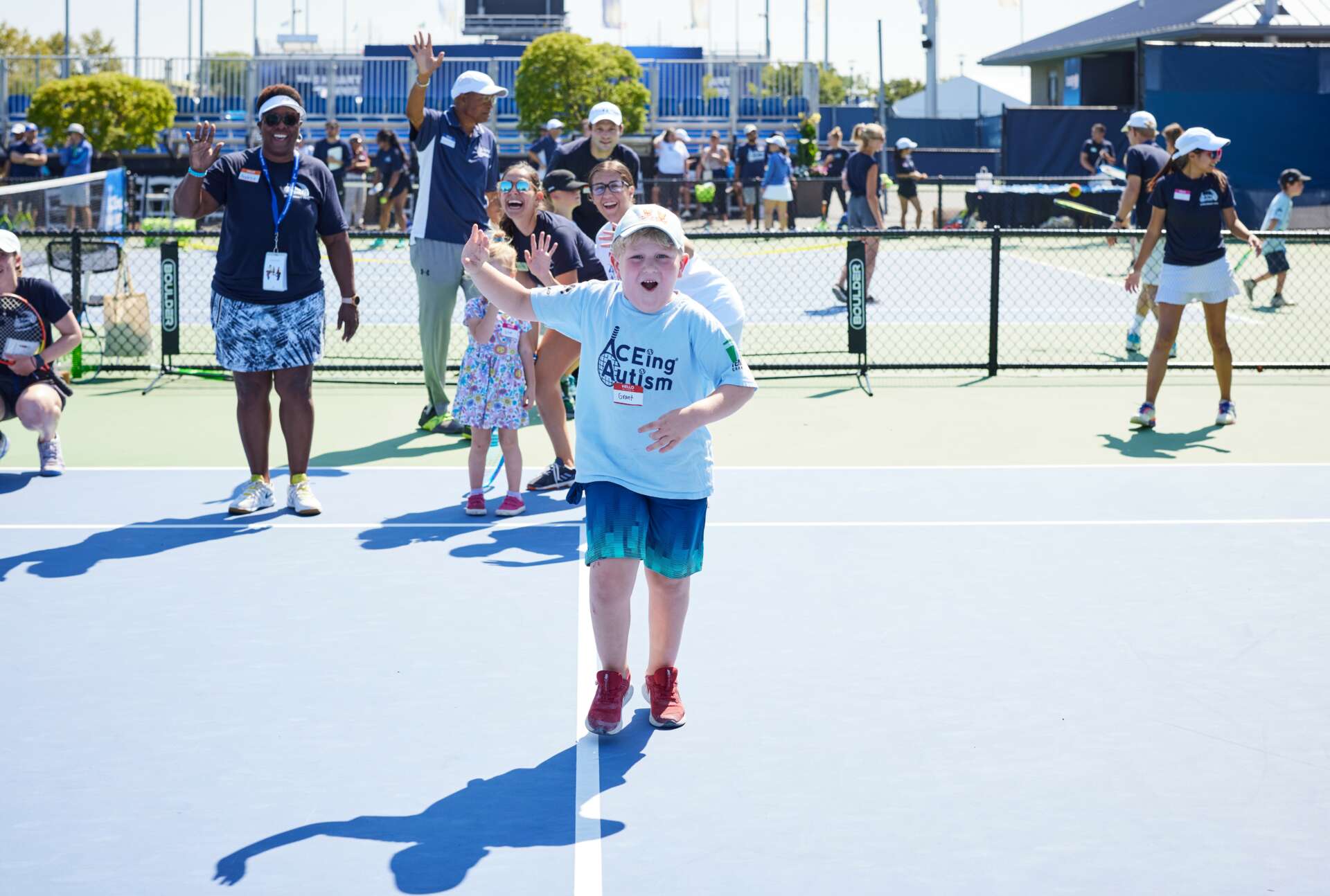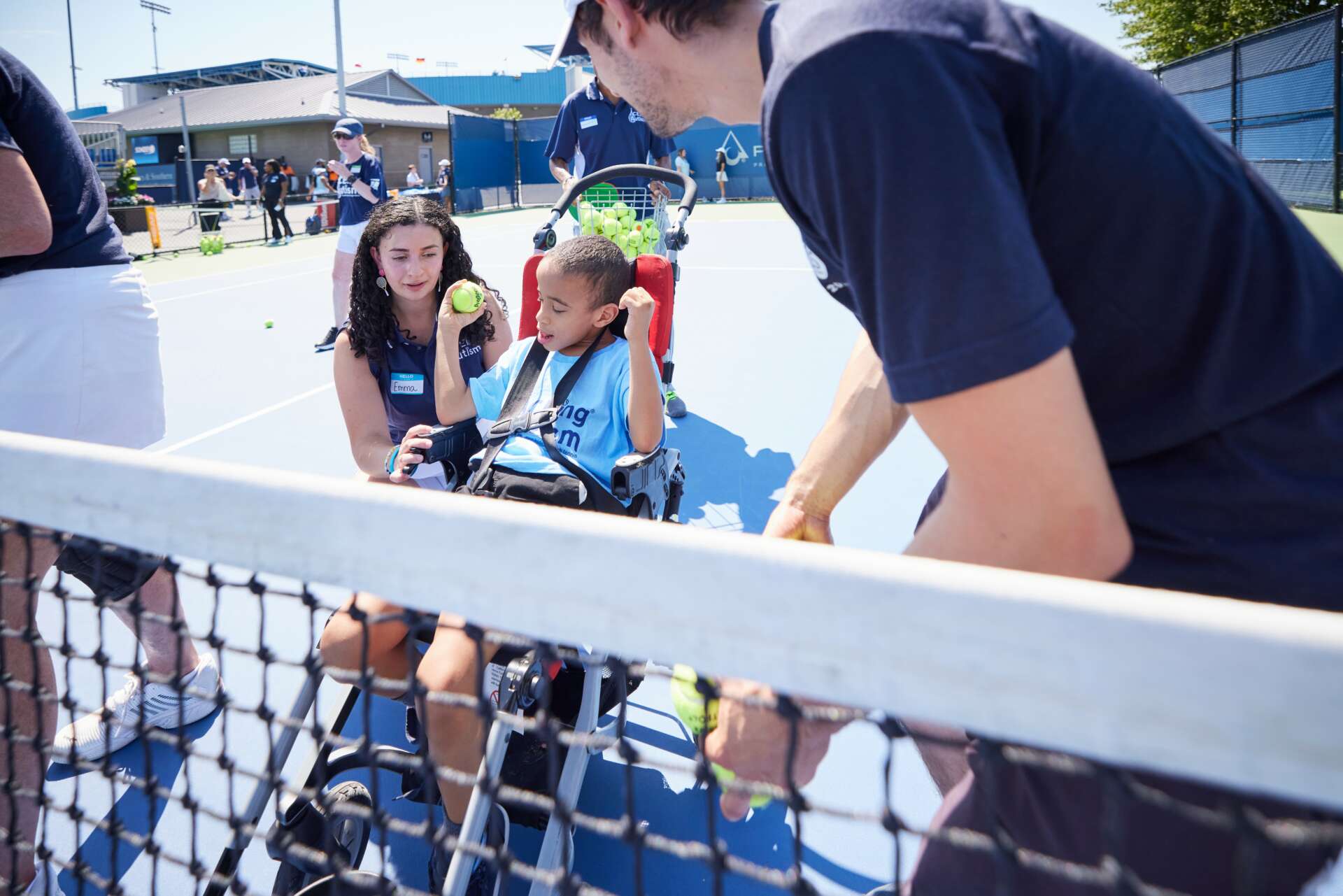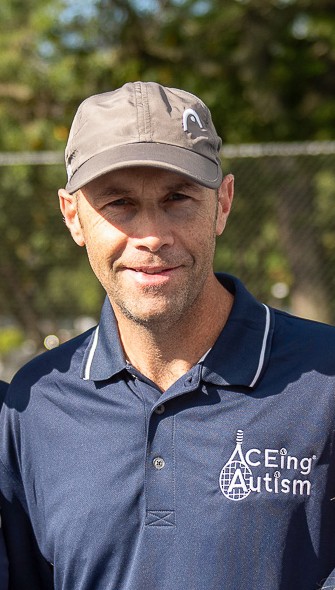We were lucky to catch up with Richard Spurling recently and have shared our conversation below.
Richard, appreciate you joining us today. It’s always helpful to hear about times when someone’s had to take a risk – how did they think through the decision, why did they take the risk, and what ended up happening. We’d love to hear about a risk you’ve taken.
The biggest risk that I have taken is definitely starting a nonprofit organization! Starting any business, let alone a nonprofit, is something I had never done before. The backstory is that my wife at the time, Shafali Jeste, was completing her residency and fellowship in neurology at Boston Children’s Hospital. In her clinic she started seeing a lot of children with autism and learned from the parents that many of them could not find sports programs that caters to the needs of their child. Or, parents simply did not think that their child was capable of participating in a sports program. At the same time, I was working towards an MBA and managing a tennis facility nearby. I started to realize that there may be an opportunity to test the idea of designing a tennis program that caters to children with autism. A quick google search revealed that no tennis programs existed in this space and I also learned how quickly autism rates were rising. First I had to prove that this concept could work and then decide figure out how to found a nonprofit and then make the program model work. Fundraising, scaling and building an organization would be a few years away, but the biggest risk is taking the first step towards establishing the concept and feasibility.

Great, appreciate you sharing that with us. Before we ask you to share more of your insights, can you take a moment to introduce yourself and how you got to where you are today to our readers.
For as long as I can remember I have been a tennis player and grew up playing tennis with my family. I grew up in Antwerp, Belgium and was a competitive tennis player which lead to a scholarship at Florida Atlantic University where I studied business. I had a short lived career as a financial advisor and left for a tennis opportunity running tennis programs at a country club in South Florida. I managed tennis programs and was very involved in the delivery of tennis to children and adults. In the early 2000’s I moved to Boston and while working towards an MBA at Babson College, I continued to manage the tennis program at a nearby country club. At Babson I was immersed in entrepreneurship and pitched many business ideas to professors and fellow students. I was ready for a career change and pitched the “tennis for children with autism” idea in an entrepreneurship class and the professor loved the idea. This gave me the confidence to embark on the idea which became ACEing Autism, a nonprofit that provides tennis to children with autism. I thought this was a challenging idea, that if successful could benefit a lot of children and fill a void that exists with the growing number of children that get diagnosed with autism each year. At the time I tested the concept by offering private lessons to children with autism and started to think about the design of a program curriculum. Parents, autism researchers and ABA therapists provided guidance and the first program launched in Wayland, MA in the Fall of 2008! Fifteen years later we have over 130 program locations and we recently started training PE teachers to deliver our program in schools. I am so proud of the simple fact that there are so many people that believe in our program and mission and want to help the kids in our programs. Our program attracts so many wonderful people and I am so grateful and impressed with the caring volunteers who are so generous with their time.

Other than training/knowledge, what do you think is most helpful for succeeding in your field?
At the early stages of this journey, it was about learning and testing a new concept. I had to learn as much as I could about autism and how it presents in children. It was an interesting idea and challenge and I was motivated with the idea of creating something that didn’t seem to exist before. Asking questions and being open to new ideas and collaborating were definitely qualities needed to start a nonprofit. Once the program concept had been tested and well received, then learning how a nonprofit could raise money and scale were next. This involved learning about the grant making process and finding funders interested in the mission. Once funding was in place then the priority became building a team. I believe the most important element in succeeding in all business is building trust through excellent relationship building.

If you could go back in time, do you think you would have chosen a different profession or specialty?
Yes, definitely! It has been such a rewarding journey to see the organization grow from one program fifteen years ago to what it is today. The organization has evolved into so much more than I ever could have imagined. When I started the organization in 2008 my main objective was to design a tennis program for children with autism, whereby they could learn to play tennis. Our community model has become so much more than this! I had no idea that a weekly program could have so much more impact on the families and volunteers involved. Not only are the tennis skills improving, but there are cognitive gains that parents report – such as improved attention and joint attention. Our volunteers love the impact they are having and with many of our teenage volunteers it influences their areas of study in college.

Contact Info:
- Website: www.aceingautism.org
- Instagram: https://www.instagram.com/aceingautism/
- Facebook: https://www.facebook.com/Aceingautism
- Linkedin: https://www.linkedin.com/company/5120320/admin/feed/posts/
- Twitter: aceingautism
- Youtube: https://www.youtube.com/@ACEingAutism1in65


